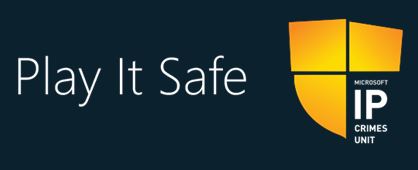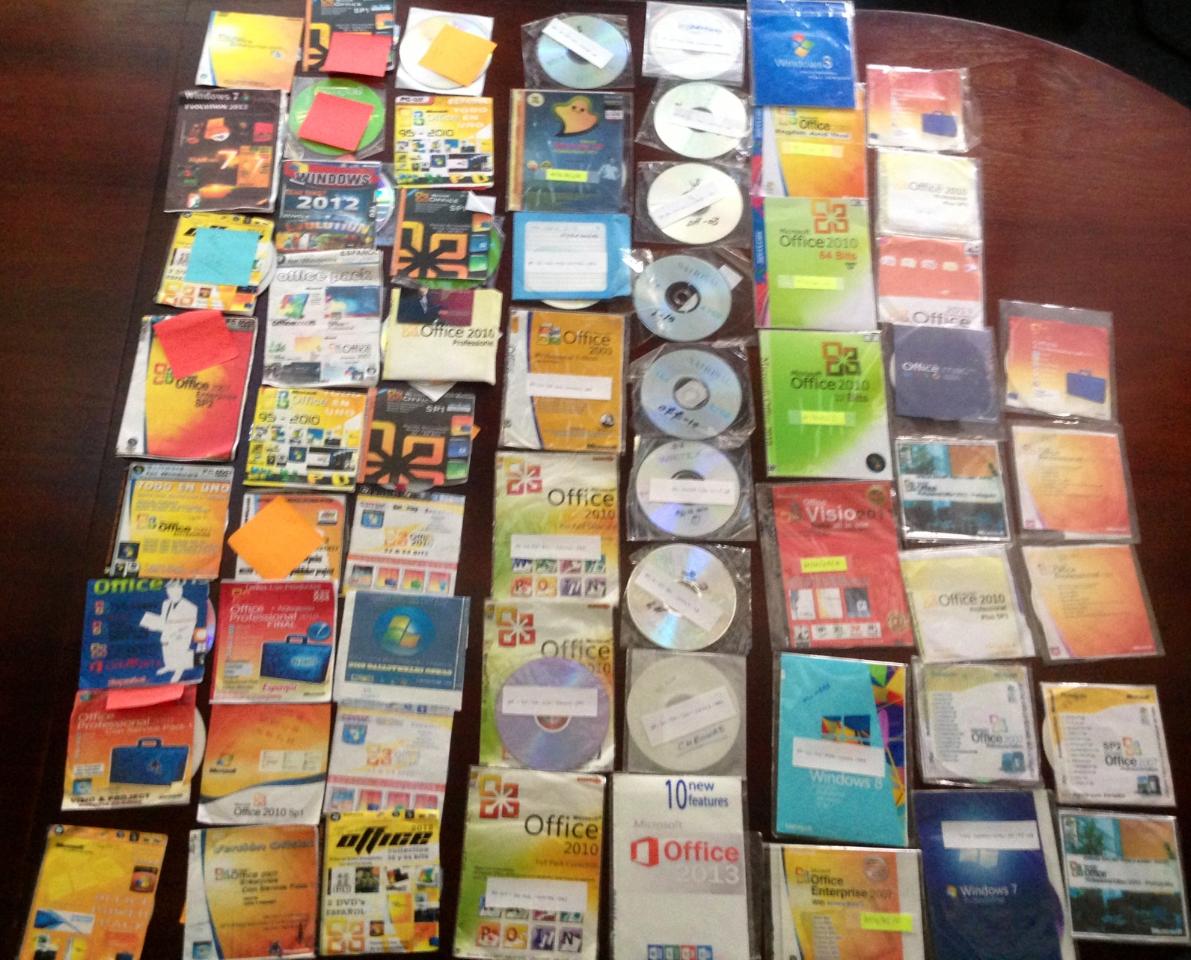The hidden cost of counterfeit software
Posted by Marius Haman Corporate Attorney, Anti-Piracy, Legal & Corporate Affairs, Microsoft Middle East & Africa

There’s no denying that many of us now live in a hyper-connected world. We shop online, bank online, video chat with our friends online and store personal documents online such as bills, photos and contacts. The internet has given us freedom of choice, movement and accessibility. With such a large proportion of our lives now being conducted via the internet, the need for security is clear. But an IDC study, titled “The Dangerous World of Counterfeit and Pirated Software Study 2013” predicts that 2 billion counterfeit programs will be installed on PC’s in 2013. What most users don’t realise is how vulnerable their online lives become when using counterfeit software.
In 2013, one-in-three consumer PCs using counterfeit software will be infected with malware, the malicious code often hidden deep within fake software. The purpose of malware is to steal personal data and send it back to a remote computer, where it is often used by cybercriminals. The effort to combat malware is on-going: in 2013 alone, removing malware from consumer PCs will waste USD $11 billion and consume 1.5 billion hours. I’m sure we can all think of better ways to spend that time and money.
PCs using counterfeit software will be infected with malware, the malicious code often hidden deep within fake software. The purpose of malware is to steal personal data and send it back to a remote computer, where it is often used by cybercriminals. The effort to combat malware is on-going: in 2013 alone, removing malware from consumer PCs will waste USD $11 billion and consume 1.5 billion hours. I’m sure we can all think of better ways to spend that time and money.
The most effective way to combat malware is to ensure the software you purchase and use is legitimate. The criminal networks that produce and sell counterfeit software go to great effort to ensure their products appear legitimate, making the identification of counterfeit software difficult for consumers.
How to Tell is a Microsoft resource that provides customers with advice on spotting the signs of counterfeit software and how to verify their software is genuine. The site features information on Microsoft’s various security measures and outlines details of what you can do if you have been the victim of counterfeit software.
I urge you to check your PC for counterfeit software because if you’re running fake programs, you could be putting your online life in harm’s way.